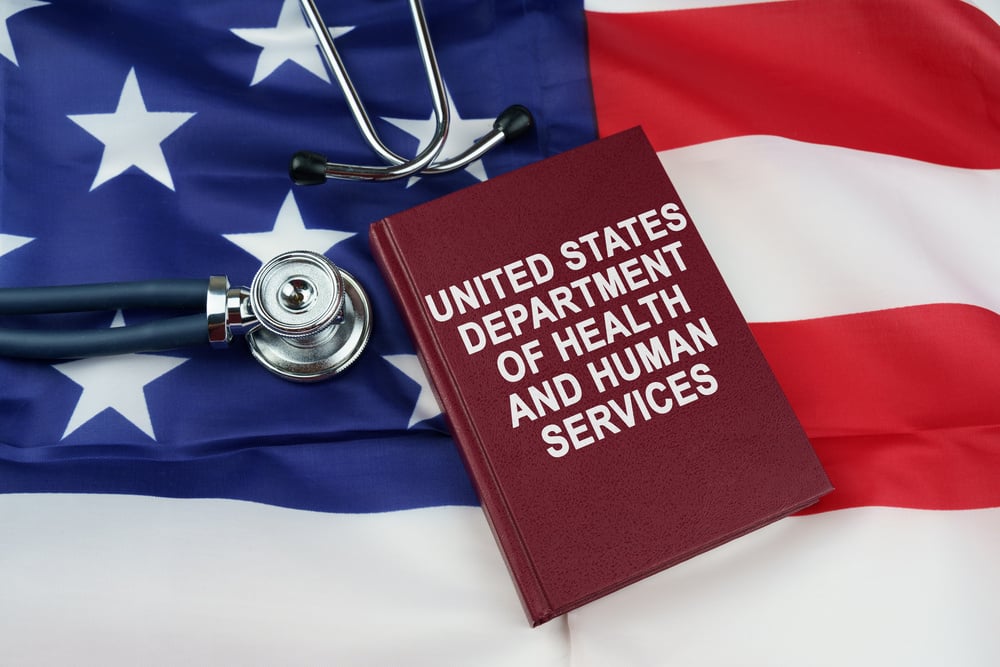
Ever since Utah implemented its Medical Cannabis program, we have noticed a somewhat acrimonious relationship between state officials and some companies involved in the Medical Cannabis industry. That's too bad. There's really no good reason for it. Take the Department of Health and Human Services (DHS). DHS documents clearly demonstrate the department is interested in consumer health, particularly where pain is concerned.
If you are not sure we are telling the truth, we invite you to read the DHS 'Guidance on the Suggested Use of Medical Cannabis | Chronic Pain' document. You might not agree with everything in it and that's okay. But at least knowing what the state has to say about Medical Cannabis and pain should make it clear that regulators are not the enemy.
One of the first things that sticks out in the state report is the acknowledgment that there is "moderate evidence to support the conclusion that medical cannabis and cannabinoids can have clinically significant beneficial effects in the management of chronic pain." This is huge when you understand how far we have come since California first began pushing Medical Cannabis in the 1990s.
DHS not only acknowledges the evidence, but they also actually cite a lot of it in their report. Although the report does not go on to conclusively recommend Medical Cannabis as the best treatment for chronic pain, it does cite dozens of studies showing evidence that it can work.
The DHS report mentions something about Medical Cannabis users that we have known for years: most of them rely on their medicines to manage chronic pain. According to national statistics cited by DHS, 87-94% of the patients seeking to use Medical Cannabis do so for chronic pain management.
Here in the Beehive State, quarterly reports demonstrate that number as being closer to 80%. Even so, it is clear that chronic pain is the number one condition people are seeking Medical Cannabis for.
It is worth noting that we are starting to see a gradual departure from the word 'chronic' in favor of 'persistent'. That is probably not accidental. While chronic pain has no clear definition, a generally accepted rule of thumb is that it is pain felt daily or almost daily for a minimum of three months. But in Utah, pain lasting at least three weeks can be managed with Medical Cannabis. Referring to it as 'persistent' rather than 'chronic' reflects the time difference.
We are pleased to see that the DHS guide recognizes that treatments may vary from one patient to the next. For example, the guidance explains that some patients might find ingestible products, like gummies and tinctures, more effective than vapes and dry heating raw flower.
The guide also talks about combining CBD and THC for better pain relief and side effect management. Frankly, it is a little surprising to see such information in a state guide. Combining the two cannabinoids for better pain relief is something manufacturers and Medical Providers talk about, but it is not something we generally hear from state regulators.
As we wrap up, it's important to note that the state goes out of its way in the DHS document to remind Medical Cannabis patients that smoking is prohibited. This is important because some of the studies cited in the guide refer to smoking. DHS reminds readers that smoking is mentioned only in the context of the studies themselves. Regulators do not condone smoking Medical Cannabis.
So now you know what the state says about Medical Cannabis and pain. They really aren't the enemy.